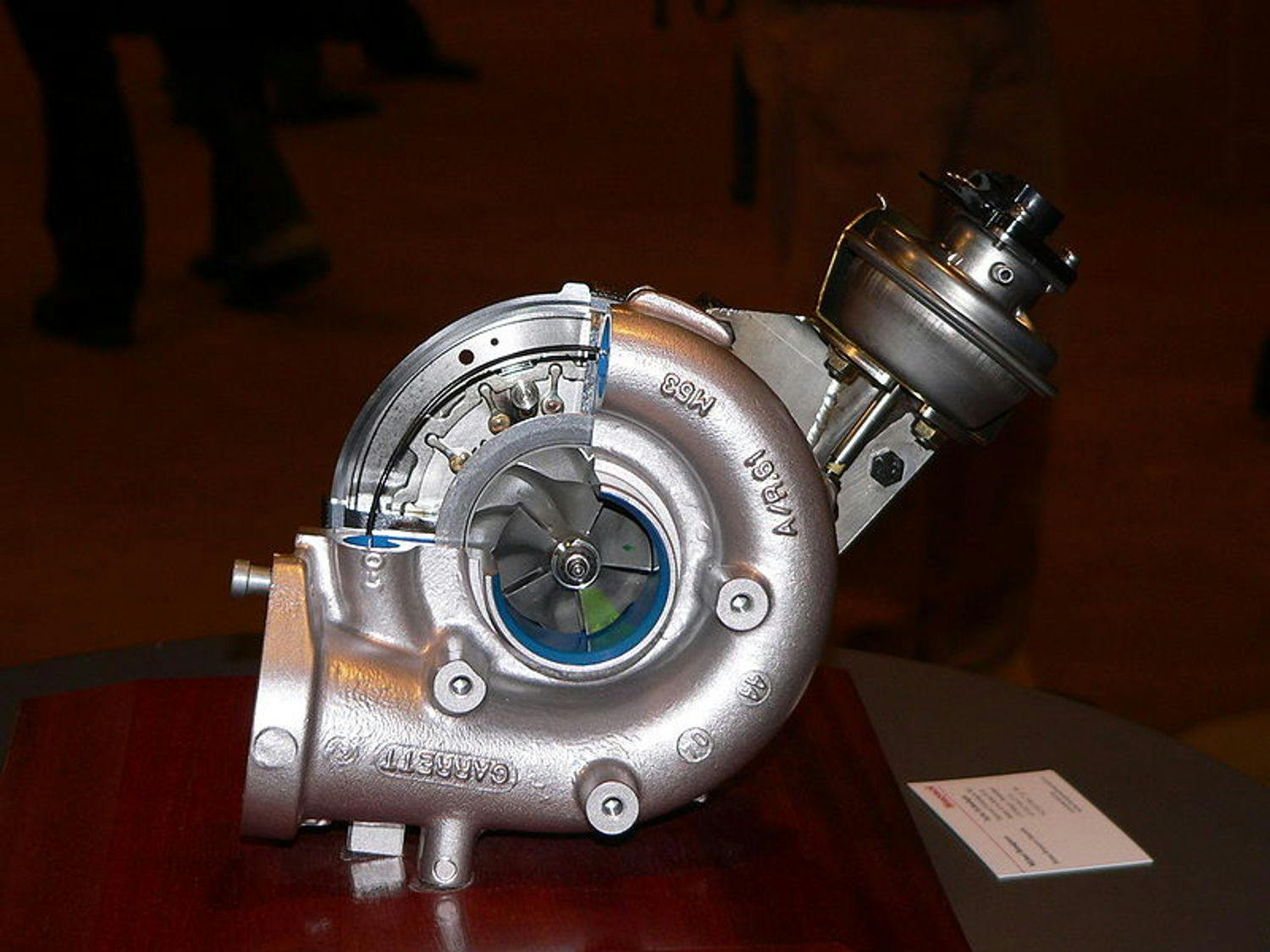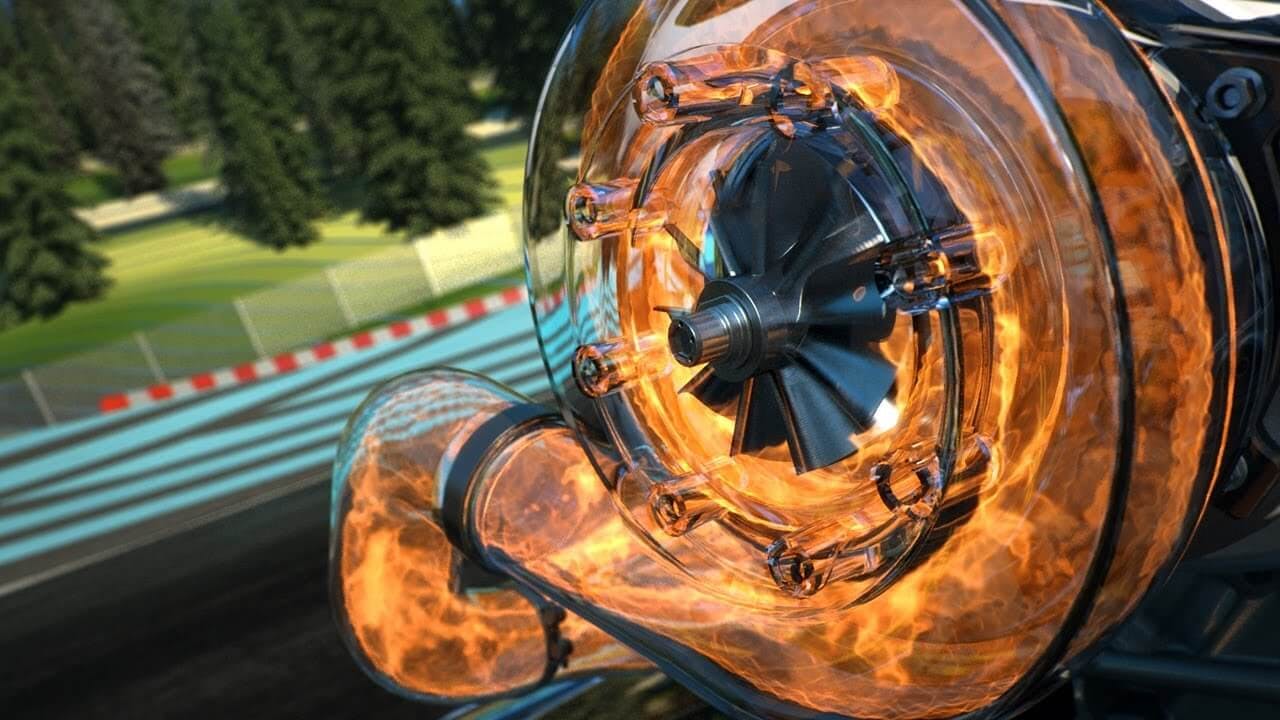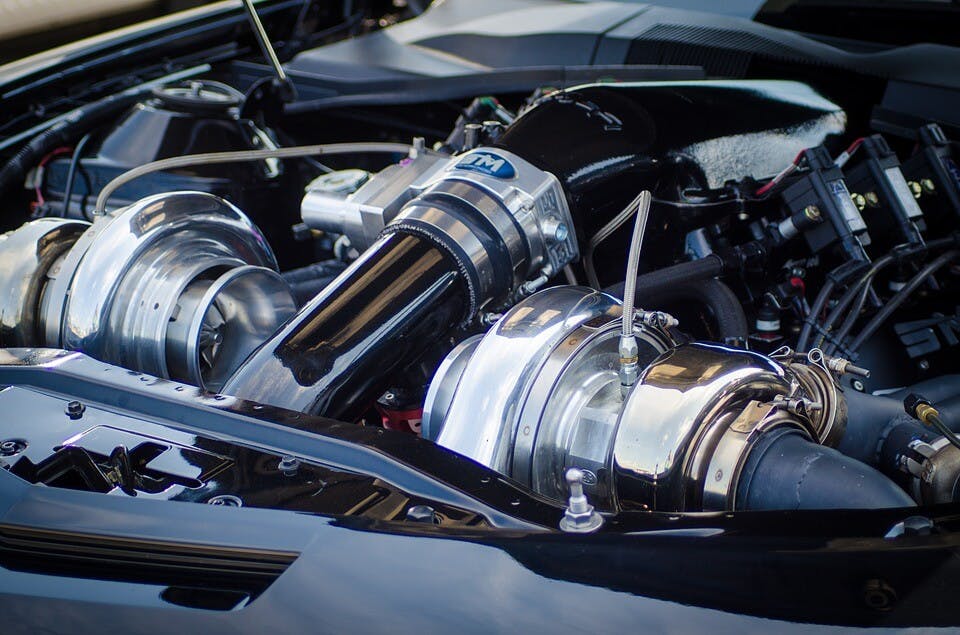Electric turbo: Is it a turbocharger or a supercharger?

If you browse the internet, you may come across various discussions about the electric turbo. That is why we decided to look at this topic and explain what an electric turbo is for.
But first of all, we have to answer one fundamental question. Is it a turbocharger or a supercharger?
Inhaltsverzeichnis
Turbocharger or supercharger?
There is only one simple answer to this question. The electric turbo is powered by electricity. However, considering the basic difference between a turbocharger and a supercharger, we will quickly realize that it cannot be a turbocharger or a supercharger.

Turbocharger: What are its advantages, and what is turbo lag?
The key difference between a turbocharger and a supercharger is that a supercharger is driven mechanically via a belt attached to the crankshaft. In contrast, a turbocharger is driven by exhaust gases from the engine.
Various advantages or disadvantages of a given engine supercharging depend on the supercharger's and turbocharger's drive.
Turbocharger:

A turbocharger increases the pressure in the intake manifold using the exhaust gases that spin its turbine. The turbine, which is turned using the exhaust gases, is connected to the turbine located in the suction pipe, ensuring its drive.
Thanks to the rotation of the turbocharger turbine, the air is forced into the cylinders, which ensures greater power for the engine. The power increase is because the engine receives many more oxygen molecules from the same air volume because the air is pressurized.

Types of turbochargers: Turbo, Twin turbo, Twin-scroll, do you know them all?
Since exhaust gases drive the turbo, it is clear that the effect of the turbo does not occur immediately, but only after a certain rpm is exceeded when the pressure in the exhaust pipe increases enough to spin the turbine. This is why the effect of the turbocharger is noticeable only after exceeding approximately 2000 rpm, depending on the size and type of turbocharger.
Large turbos are less efficient at low revs, resulting in lower intake manifold pressure. Conversely, smaller turbochargers spin faster at lower rpm, but cannot deliver enough compressed air at higher rpm.
The turbocharger is thus limited by a certain range of engine speeds depending on its size and type.
Supercharger:

The supercharger has the same function as the turbocharger, but unlike it, it is not driven by exhaust gases, but mechanically by a belt connected to the crankshaft. Compared to a turbocharger, the supercharger has one big advantage: it does not suffer from turbo lag and reacts to pressing the accelerator pedal instantly.

Turbo Lag: What is it, and how to reduce it?
Since the supercharger uses energy from the engine for its drive, it takes some energy from the engine. In the end, however, it will give more power in return. Another disadvantage of the supercharger is its lower adiabatic efficiency than the turbocharger.
Adiabatic efficiency is the ability of a supercharger to compress air without adding excess heat to the air. The lower the air temperature, the denser the air, and contains more oxygen molecules. So superchargers add more heat to the air than turbochargers, making them less efficient.
Electric turbo:
The electric turbo is a chapter in itself. It is a turbine that is turned using electricity. The electric turbo does not need energy from exhaust gases for its drive, because it uses an electric motor and a special battery for its drive.
Thanks to this, the electric turbo has several advantages. Probably the biggest is the complete elimination of turbo lag and the immediate increase in pressure in the intake manifold after stepping on the gas pedal and, thus, the immediate onset of power. This enables better engine response, and lower fuel consumption, and emissions.

Engine Power And Torque: Which of these parameters is more important?
An electric turbo can regulate the speed of its turbine by changing the speed of the electric motor. This turbo type does not need additional devices, such as a blow-off valve, wastegate, or variable blades, to regulate turbo lag.

Blowoff valve: What is the purpose of this device?
The electric turbo's propeller can spin almost instantly to around 100,000 rpm. When the engine is idling, the turbine constantly rotates at a speed of approximately 8,000 rpm.
However, the electric turbo is not used independently to supercharge the engine. At high engine speeds, the energy from the special battery would not be enough to turn the turbine at a sufficient speed.
When using a stronger accumulator or a larger number of such accumulators, the price of an electric turbo with modification of the entire electrical network would exceed the price of the rest of the car.
That is why the electric turbocharger works only at low and medium engine speeds, and at high speeds, it switches off and leaves the supercharging function to the classic turbocharger.
The demands for the electric turbo on the car's electrical network are relatively high and represent a serious problem. For the electric turbo to be efficient enough, car manufacturers would need to increase the voltage in the car to 48 Volts.
However, this would be related to modifying all possible parts of the car, from the battery, through the alternator to the entire electric network of the vehicle, which would lead to additional production costs, which, however, car companies are trying to reduce.
Advantages:
- Complete absence of turbo lag
- Does not need additional equipment to regulate the filling pressure
- Is not subject to high thermal load
Disadvantages:
- High price
- Question of reliability
- Requires a special battery that powers this turbo
- Complex electrical network of the car